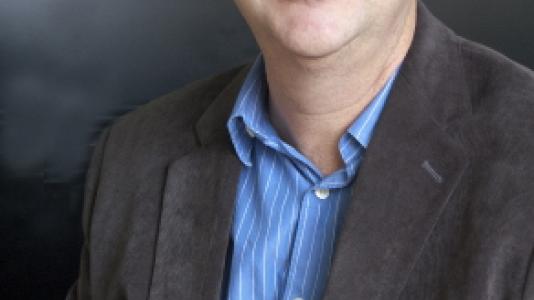
Jacobsen is an associate division director at Argonne’s Advanced Photon Source (APS) for Imaging and Microscopy in the X-ray Science Division (XSD), as well as a professor in physics and astronomy at Northwestern University.
“We are lucky to have a scientist of Chris’s broad accomplishments,” said Linda Young, Director of Argonne’s X-ray Science Division.
Jacobsen has been involved in developing X-ray microscopy methods and applications in biological and environmental since graduate school, and has pursued projects in X-ray holography and scanning microscopy. He is currently working with coherent diffraction imaging, X-ray fluorescence and tomography.
“I’ve always been interested in developing things at the frontier and trying to bring them to fruition,” Jacobsen said.
Jacobsen received his B.A. in physics, cum laude, from St. Olaf College in 1983; and his Ph.D. in physics from the State University of New York at Stony Brook in 1988.
Jacobsen has been awarded a Presidential Faculty Fellow Award by the White House/National Science Foundation in 1992—1997; the 1996 International Dennis Gabor Award from Hungary, for his work in modern optics before age 35; and the Kurt Heinrich Award as an outstanding young scientist, from the Microbeam Analysis Society in 2001. He also shared in a 1999 R&D 100 award for the 100 most technologically significant new products and processes of the year, for co-development of the cryo-scanning transmission X-ray microscope. He is a Fellow of the Optical Society of America; the American Association for the Advancement of Science, and now the American Physical Society.
Election to Fellowship of the American Physical Society is limited to no more than one-half of one percent of the American Physical Society membership, and is “recognition by your peers of your outstanding contributions to physics,” according to the society.